You’re tired of paying monthly fees for cloud storage while wondering who else might access your security footage. Self-monitoring security cameras put you back in control, but choosing the wrong system can leave you frustrated with poor image quality, complicated setup, or incompatible smart home integration. The key lies in understanding which specific features actually matter for DIY security monitoring. These five essential tips will help you avoid costly mistakes and find cameras that truly work for your needs.
Choose Cameras With High-Resolution Video and Night Vision

When selecting security cameras for self-monitoring, prioritizing high-resolution video and night vision capabilities will greatly impact your surveillance effectiveness.
You’ll want cameras offering 1080p or 4K resolution to capture clear footage that’s detailed enough for identifying faces and license plates during incidents. Night vision with infrared technology guarantees you’ll maintain surveillance quality even in complete darkness.
Look for cameras with a wide field of view of 130 degrees or more to minimize blind spots.
Advanced features like motion detection enhance your self-monitoring experience by providing instant alerts when activity occurs.
Consider options with local storage to maintain privacy over your recorded footage while avoiding ongoing subscription costs, giving you complete control over your security data.
Prioritize Local Storage Options to Avoid Monthly Fees
Beyond capturing clear footage, you’ll want to contemplate how you’ll store and access your recordings without breaking the bank. Local storage options let you avoid monthly fees while maintaining control over your camera footage.
Self-monitored security systems from Lorex, Reolink, and Eufy offer built-in storage capabilities without requiring cloud subscription services. Wyze cameras provide budget-friendly choices through microSD card recording, letting you manage data locally while preserving video quality.
Local storage from leading brands eliminates monthly fees while maintaining full control over your security footage and data.
The Blink Outdoor 4 delivers continuous recording without subscription costs. These solutions enhance privacy by keeping footage on-site rather than uploading to external servers.
You’ll maintain smart detection features while eliminating recurring expenses, making local storage an economical approach to home security monitoring.
Select Models With Advanced Motion Detection and Smart Alerts
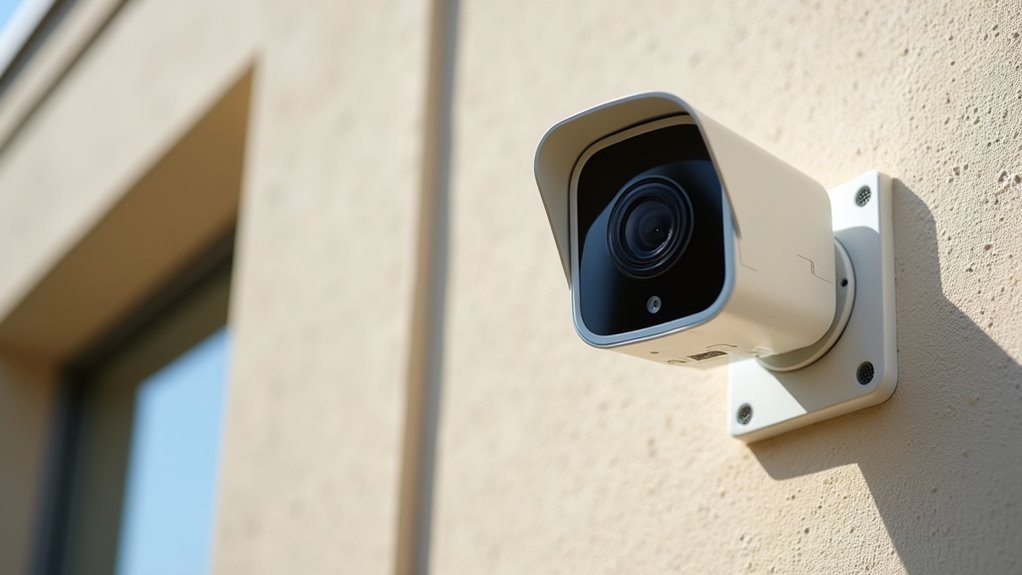
Since false alarms can quickly turn your security system into a nuisance, you’ll need cameras with intelligent motion detection that can distinguish between actual threats and everyday movements.
Advanced motion detection in self-monitored home security systems uses AI to differentiate between people, animals, and vehicles, dramatically improving alert accuracy.
Consider these top performers for smart alerts:
- Google Nest Cam – Features AI-powered detection that learns your property’s normal activity patterns
- Arlo Pro 5S 2K – Offers customizable motion zones and adjustable sensitivity settings for precise monitoring
- Ring Indoor/Outdoor Stick Up Cam Pro – Provides instant smartphone notifications with detailed motion zone configuration
Look for two-way audio capabilities and compatibility with smart home ecosystems like Amazon Alexa or Google Assistant for hands-free control and voice alerts.
Ensure Easy DIY Installation and Mobile App Integration
Most security cameras designed for self-monitoring prioritize user-friendly installation that doesn’t require technical expertise or professional help.
Look for home security cameras offering easy DIY installation, with many models completing setup in under 30 minutes. You’ll want systems featuring mobile app integration that enables real-time monitoring and alerts directly from your smartphone.
Choose cameras with user-friendly interfaces allowing straightforward navigation and quick access to live feeds, notifications, and settings adjustments. Opt for models supporting smart home compatibility, facilitating seamless integration with your smart device ecosystem like Amazon Alexa or Google Assistant.
Confirm your chosen camera offers local storage options to avoid ongoing subscription fees while maintaining access to recorded footage through the app.
Look for Cameras Compatible With Your Smart Home Ecosystem
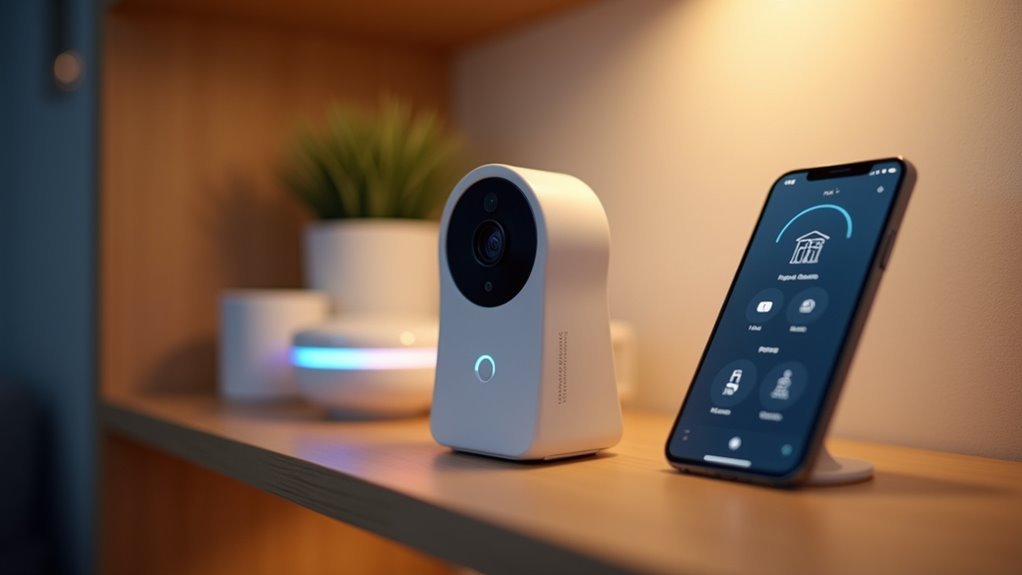
How seamlessly will your new security camera integrate with your existing smart home setup?
You’ll want cameras that work harmoniously with your current ecosystem, whether that’s Amazon Alexa, Google Assistant, or Apple HomeKit. This smart home integration enhances functionality and creates a unified monitoring experience.
Choose security cameras that seamlessly blend with your existing smart home ecosystem for enhanced functionality and unified control.
Consider these compatibility features when choosing your security cameras:
- Voice Control Integration – Ring Indoor/Outdoor Stick Up Cam Pro works perfectly with Alexa, while Google Nest cameras sync effortlessly with Google Assistant for hands-free operation.
- Cross-Platform Compatibility – Brands like Wyze and Eufy support multiple smart home devices, giving you flexibility in building your security network.
- Unified Mobile Apps – Look for cameras offering two-way audio and customizable alerts that integrate into your existing smart home routines through centralized mobile apps.
Frequently Asked Questions
What Is the Best Self-Monitoring Security System?
SimpliSafe’s the best self-monitoring security system you’ll find, earning a 9.9/10 rating. You’ll get extensive equipment starting at $249.96 and flexible self-monitoring for just $9.99 monthly, making it affordable yet effective.
What’s the Best Do It Yourself Home Security System?
You’ll find SimpliSafe and Ring Alarm are top DIY choices, offering customizable packages from $199-250. They’re user-friendly with flexible monitoring options, while abode provides budget-friendly smart home integration starting at $109.99.
What Is the Number One Rated Home Security Cameras?
The Arlo Pro 5S 2K Spotlight camera’s rated as the number one home security camera. You’ll get high resolution, spotlight features, and a user-friendly app that’s perfect for monitoring porches and driveways.
What Is the Best Way to Monitor Your Home?
You’ll want to install high-resolution security cameras with real-time notifications and mobile app access. Choose systems offering local storage, night vision capabilities, and smart home compatibility for thorough monitoring.

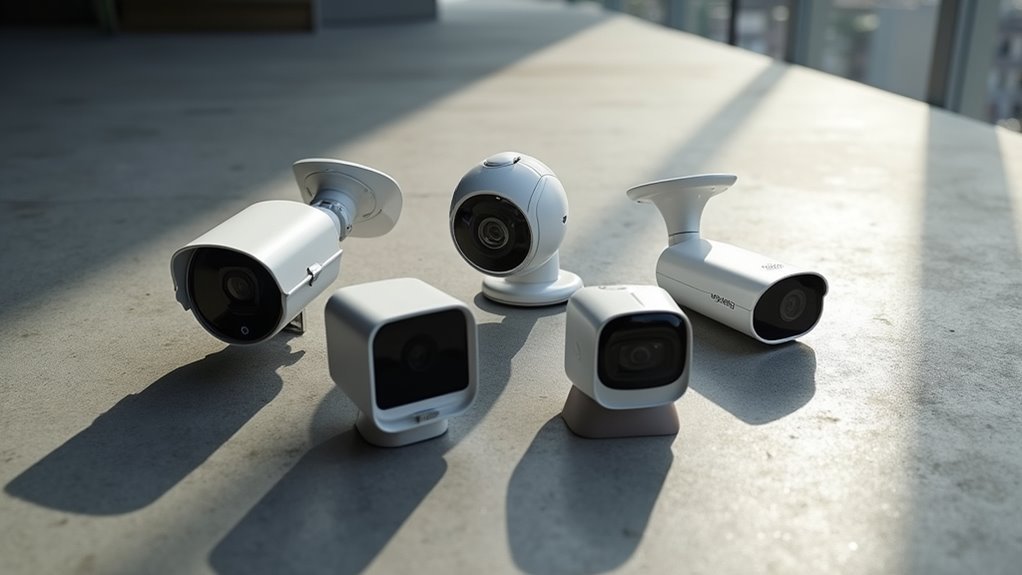

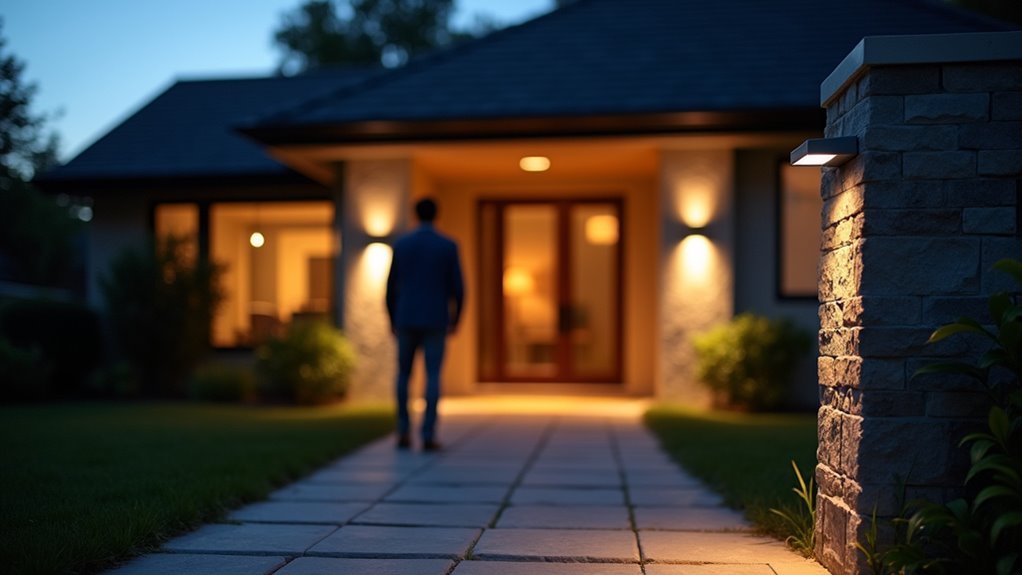
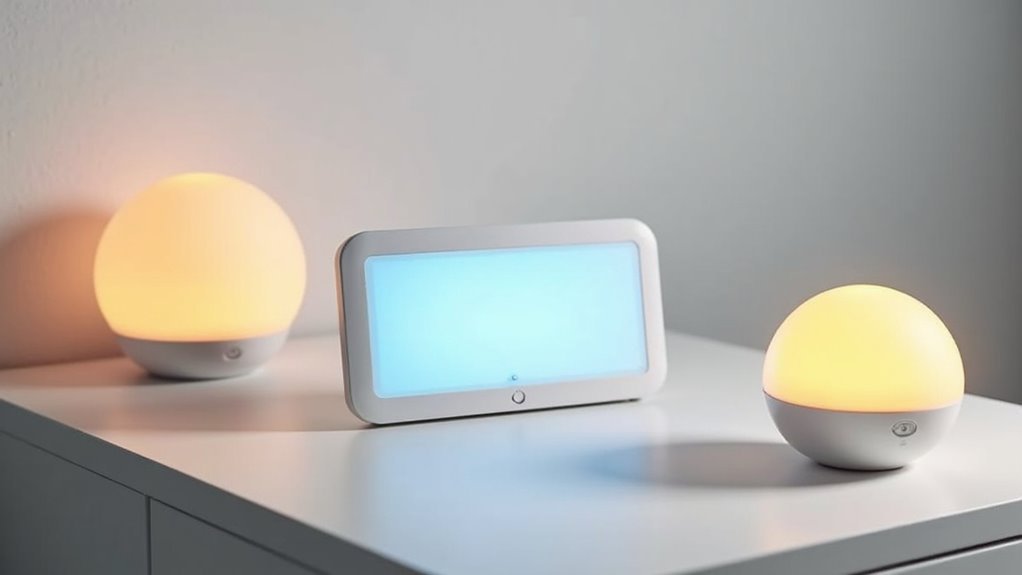
Leave a Reply